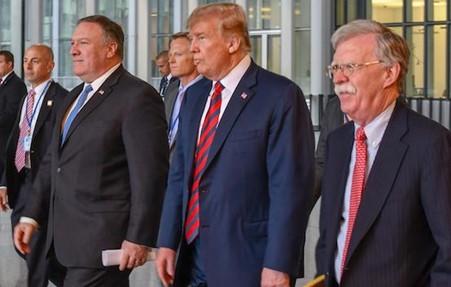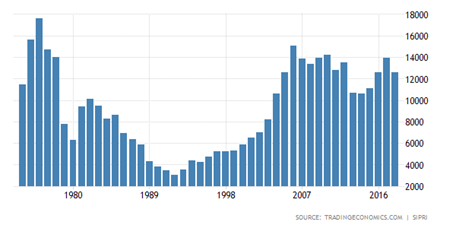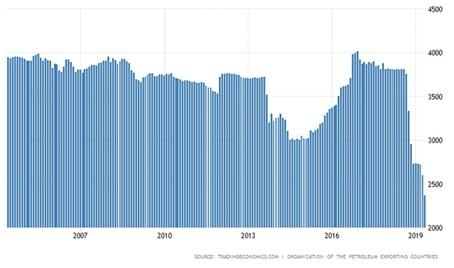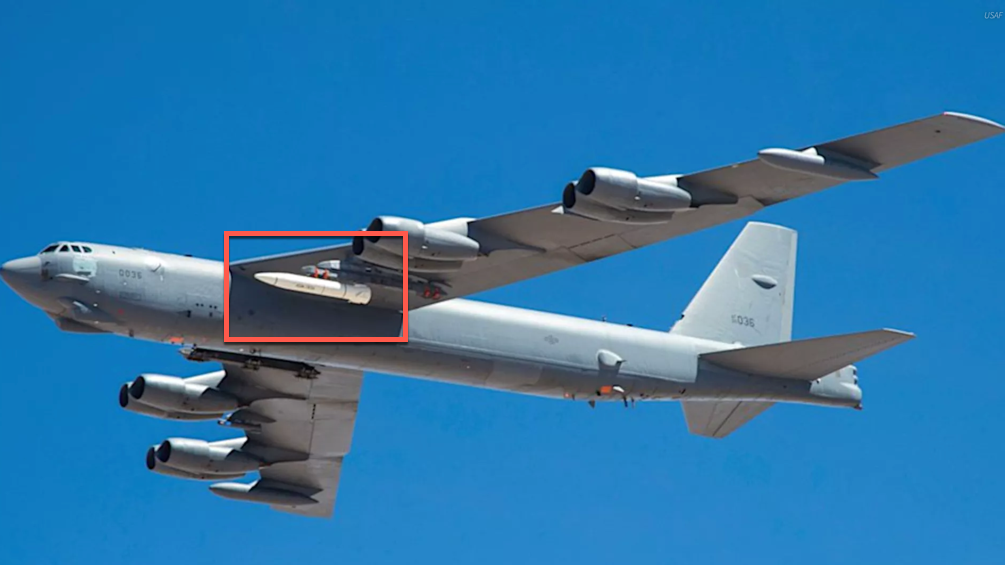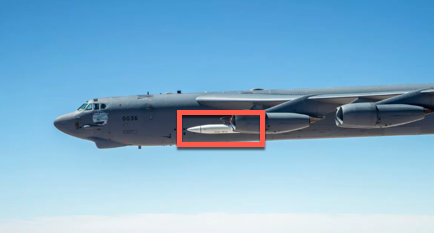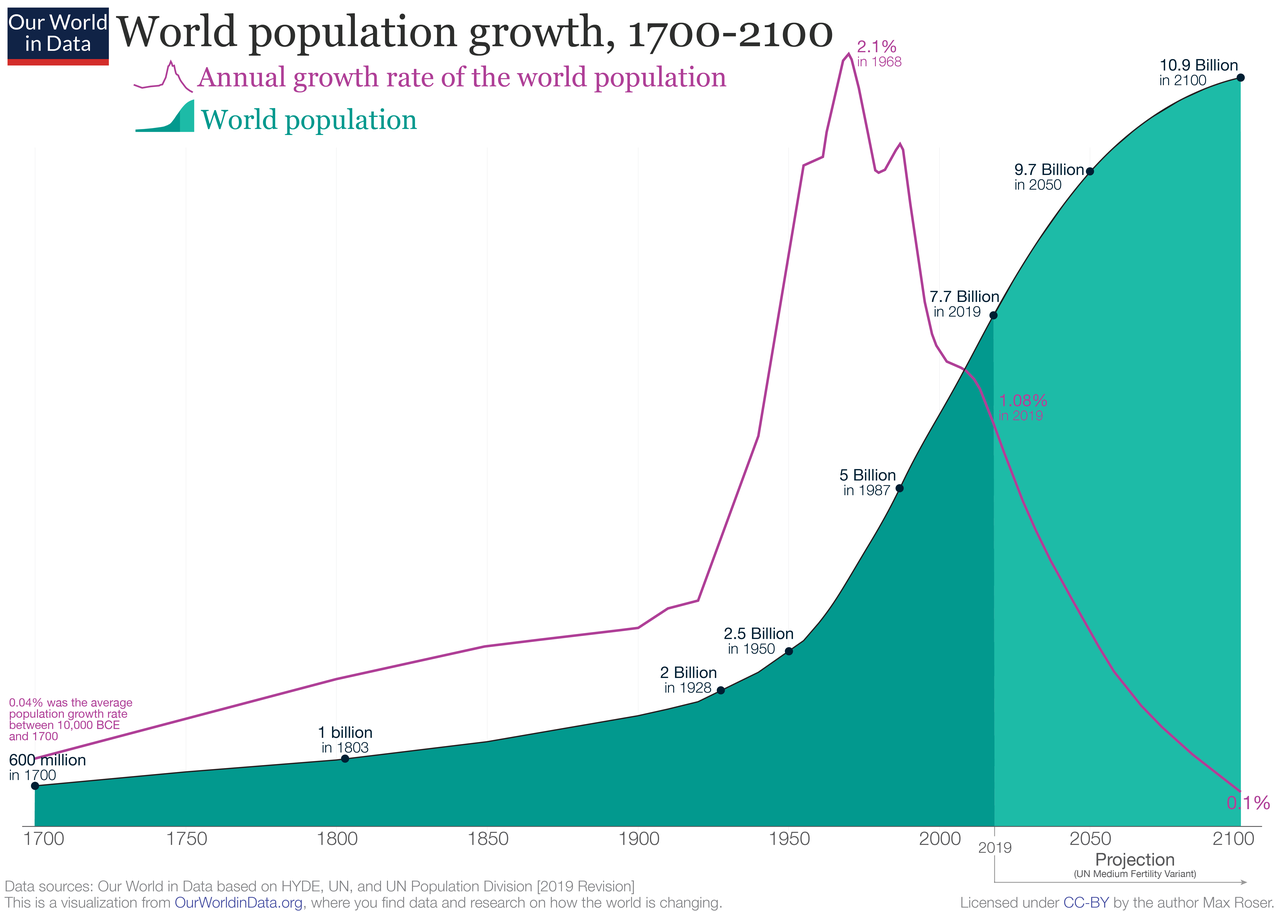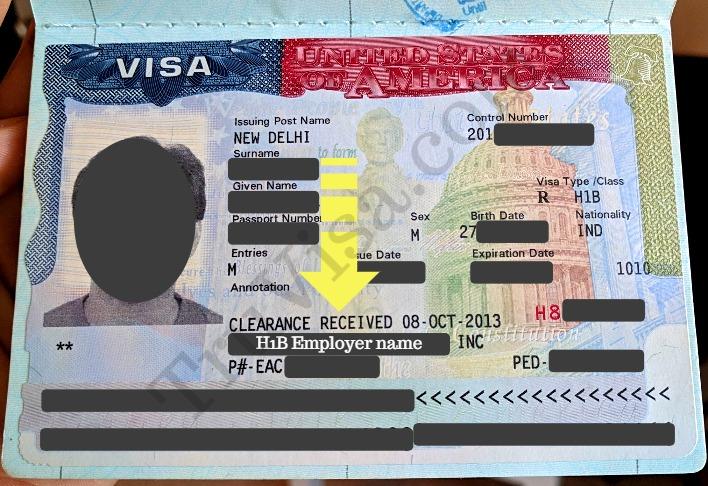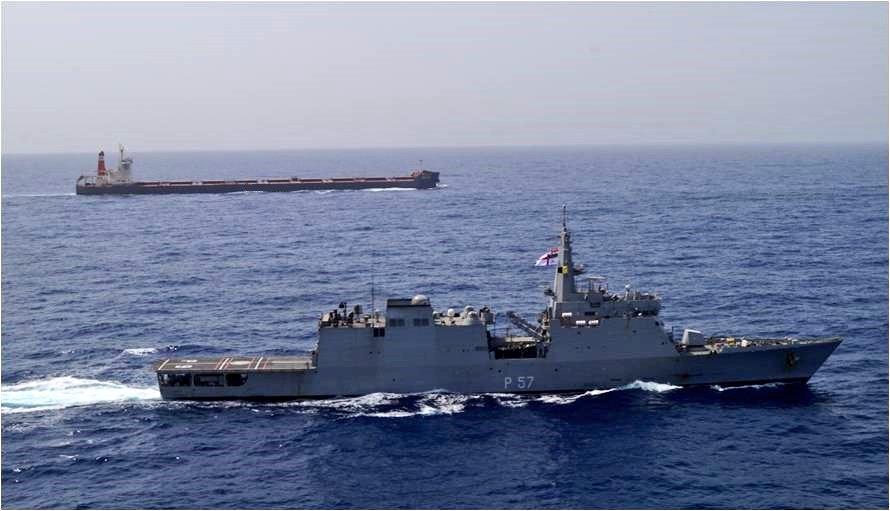Authored by David Stockman via Contra Corner blog,
In the present era of 24/7 “breaking news”, the journalistic information intermediated by the internet and the cable networks has largely been reduced to noise, devoid of signal. Or at least any historical context beyond the here and now.
The currently threatened escalation of Washington’s economic war on Iran into an actual shooting war is a fraught case in point. Based on the news coverage since the two oil tankers were damaged yesterday you’d think that a crew of bloody-minded aggressors in Tehran had up and decided out of the blue to attack the whole world via disrupting its 18 million barrel per day oil lifeline through the Straits of Hormuz.
The truth of the matter, however, is just the opposite. The blatant aggressor is Washington and the dangerous confrontation now unfolding is utterly unnecessary.
That’s the foundational reality, and it’s far more important to understand than the momentary disputation about whether the Japanese oil tanker got hit by an Iranian mine or incoming projectile of uncertain origin.
Indeed, the Bombzie Twins, Pompeo and Bolton, have been in such heavy war heat for years that you can virtually bet when the dust settles the following false flags and manufactured pretexts for war per Max Blumenthal will have a Gulf of Oman coda:
Remember the Maine, Operation Northwoods, Gulf of Tonkin, Kuwaiti incubator babies, Saddam’s WMD’s, Qaddafi soldiers’ Viagra spree, Last Messages From Aleppo, Douma, burning aid on Colombia-Venezuela bridge…. and now today’s attacks in the Gulf of Oman.
So whatever deliberate or accidental incident may next materialize on the Persian Gulf waters, the truth is that it will happen because:
the US 5th Fleet naval and air war machine is all over the Gulf and it shouldn’t even be there; and,
Washington has blatantly attacked Iran via crushing economic sanctions designed to close the entire global market to its oil exports and suffocate its domestic economy to the point of collapse – yet Iran is zero threat to the security of the American homeland, and, for that matter, Europe and Asia as well.
That’s right. Iran has no blue water Navy that could even get to the Atlantic and only 18,000 sailors including everyone from admirals to medics; an aging, decrepit fleet of war planes with no long range flight or refueling capabilities; ballistic missiles that mainly have a range of under 800 miles; a very limited air defense based on a Russian supplied S-300 system (not the far more capable S-400); and a land Army of less than 350,000 or approximately the size of that of Myanmar.
Indeed, Iran’s defense budget of less than $15 billion amounts to just 7 days of spending compared to the Pentagon’s $750 billion; and it is actually far less even in nominal terms than Iran’s military budget under the Shah way back in the late 1970’s.
In inflation-adjusted dollars, Iran’s military expenditure today is less than 25% of the level prior to the Revolution. Whatever the foibles of today’s Iranian theocratic state, a thriving military power it is not.
Iran’s Military Budget In US Dollars (millions)
In fact, that’s the real irony. Mostly what comprises the core of Iran air force is left over 40-50 year-old planes that had been purchased from the US under the Shah, and which have been Jerry-rigged with bailing wire and bubble gum to stay aloft and to accommodate some modest avionics and armaments modernizations.
As one analyst further noted, some of its planes were actually gifts from Saddam Hussein!
Much of the IRIAF’s equipment dates back to the Shah era, or is left over from Saddam Hussein’s Iraqi air force, which flew many of its planes to Iran during the 1991 Persian Gulf War to avoid destruction. American-made F-4, F-5 and F-14 fighters dating from the 1970s remain the backbone of the Iranian air force.
So military threat has absolutely nothing to do with it. Washington is knee deep in harms’ way and on the verge of starting a war with Iran solely on account of a misguided notion that the Persian Gulf is an American Lake that needs to be policed by the US Navy; and, more crucially, that Washington has the right to control Iran’s foreign policy and determine what alliances it may and may not have in the region – including whether or not they pass muster with Bibi Netanyahu.
Stated differently, the missions of protecting the oil supply lines and regulating the foreign policy of what amounts to a two-bit economic power is straight out of the playbook of Empire First. As such, it amounts to a foolish policy of putting America’s actual security last.
The fact is, Iran doesn’t even matter in the context of an $80 trillion global economy.
Its GDP of $450 billion (and shrinking fast under Washington’s oil embargo) amounts to just 0.6% of world output. Moreover, that’s well smaller than Argentina ($650 billion), Sweden ($535 billion), Belgium ($500 billion) and Thailand ($455 billion); and really it is not much larger than Austria ($420 billion), Norway ($400 billion) or even Nigeria ($375 billion).
None of these countries can threaten America’s homeland security or even world peace – regardless of whatever mischief might be attributable to their foreign policies. That is, the world doesn’t need an Empire to keep the small fry of the likes of Iran and its economic peers in line.
In the current instance that admonition includes whether Iran chooses to ally with and provide aid to its Shiite confessional brethren in Iraq, Syria, Hezbollah-Lebanon or the Houthis government of northern Yemen.
Every one of these entities are either sovereign governments or major political forces based on popular support, as we detail below, and have every right to invite the assistance of Tehran. To therefore describe them as terrorist proxies for the Iranians is the height of Imperial arrogance.
As to the American Lake rationale, Washington obviously has that upside down. In a world unencumbered by Washington’s pretensions to Empire, Iran would be a beneficent helpmate to the global oil market and economy and the number# 1 source of production stability among the producers in the region.
That’s because unlike Saudi Arabia and the lesser gulf oil kingdoms which can afford to hoard their reserves, Iran is inherently motivated to produce every barrel of oil it can economically extract – given that its 80 million population desperately needs the income.
As is evident in the chart below, during recent times it has produced about 4 million barrels per day – a figure that was sharply reduced during the Obama sanctions period of 2013-2015. But the recovery back to 4 million barrels per day after Iran implemented all of its commitments under the nuke deal has again been reversed owing to the brutal sanctions imposed when Trump withdrew from that agreement entirely on the basis of regional politics, not violations of its terms.
Moreover, it is now about to get worse because most of the temporary exemptions from the oil embargo expired last month when Iran exported roughly 1.1 million barrels per day (bpd) and produced a total of 2.4 million bpd, with the balance going into domestic use.
It is now anticipated that exports will be forced down to less than 600,000 barrels per day owing to Washington relentless pressure campaign on every port in the world that dares to accept Iranian tankers, and that total production will drop below 2 million bpd.
It also happens that Iran has about 160 billion barrels of proven oil reserves, which puts it right behind Canada (170 billion barrels), Saudi Arabia (266 billion barrels) and Venezuela (300 billion barrels of mostly heavy oil) in the global league tables.
That’s relevant because in a world free of Washington hegemonic impositions, global capital would flow to Iran’s oilfields massively. It therefore has the potential to take production from its ample and drastically underdeveloped reserves to 6 million bpd or even 8 million bpd with sufficient investment and world-class technology.
So even if you accept protection and stabilization of oil production in the Persian Gulf as a legitimate aim of policy, which it is not as explained below, Washington’s economic war on Iran has it ass-backwards. In the great geo-political/economic scheme of things, Iran is the natural force for maximum production owing to the aspirations of its very large and reasonably well-educated population.
To wit, the GDP per capita of Iran is about $5,500 compared to $21,500 per capita in Saudi Arabia. Were Iran to achieve per capita income parity, it would need a GDP of $1.7 trillion, not $450 billion, and that would take a pretty hefty oil and energy investment boom and full throttle production to bring about.
What we are saying is that there is not really need for a policeman in the Persian Gulf in the first place. If Iran were not threatened by Washington it would produce all it could and would have no reason whatsoever to interfere with commerce and shipping through the straits of Hormuz.
But none of the gulf kingdoms can afford to disrupt production for political or military purposes, either. That is to say, without abundant oil revenues to placate their powerless but large populations (50 million people in Saudi Arabia, UAE, Bahrain, Qatar and Kuwait are ruled and plundered by a few thousand princes and their armies of retainers), the princes and royals would all be living in Switzerland, anyway.
At the end of the day, the whole misbegotten notion that oil security in the Persian Gulf requires the presence of the 5th Fleet is a left over canard from the Cold War, which ended 29 years ago. The 1970s theory of Kissinger and his team of hegemonists was that the dying Soviet Union was on the verge of pushing into the Persian Gulf from the north.
Needless to say, it never had the military capacity or economic resources to accomplish that feat, and the now open Soviet archives show that there wasn’t even a paper plan to do so.
Iran Oil Production (000 barrels per day)
So at the root of today’s total unnecessary military clash in the Persian Gulf is the long-standing Washington error that America’s security and economic well-being depends upon keeping an armada there in order to protect the surrounding oilfields and the flow of tankers through the straits of Hormuz.
That doctrine has been wrong from the day it was officially enunciated by one of America’s great economic ignoramuses, Henry Kissinger, at the time of the original oil crisis in 1973. The 46 years since then have proven in spades that it doesn’t matter who controls the oilfields, and that the only effective cure for high oil prices is the free market.
Every tin pot dictatorship – from Libya’s Muammar Gaddafi to Hugo Chavez in Venezuela to Saddam Hussein, to the bloody-minded chieftains of Nigeria, to the purportedly medieval Mullahs and especially the Revolutionary Guards of Iran – has produced oil. And usually all the oil they could because almost always they desperately needed the revenue.
For crying out loud, even the barbaric thugs of ISIS milked every possible drop of petroleum from the tiny, wheezing oilfields scattered around their backwater domain before they were finally driven out. So there is no economic case whatsoever for Imperial Washington’s massive military presence in the middle east or for talking sides among the local powers.
The truth is, there is no such thing as an OPEC cartel – virtually every member produces all they can and cheats whenever possible. The only thing that resembles production control in the global oil market is the fact that the Saudi princes treat their oil reserves not much differently than Exxon.
That is, they attempt to maximize the present value of their 270 billion barrels of reserves. Yet ultimately they are no more clairvoyant at calibrating the best oil price to accomplish that objective at any given time than are the economists employed by Exxon, the DOE or the International Energy Agency.
For instance, during the run-up to the late 2014 collapse of the world oil price, the Saudis overestimated the staying power of China’s temporarily surging call on global supply.
At the same time, they badly underestimated how rapidly and extensively the $100 per barrel marker reached in early 2008 would trigger a flow of investment, technology and cheap debt into alternative sources of supply. That is, the US shale patch, the Canadian tar sands, the tired petroleum provinces of Russia, the deep offshore of Brazil etc. – to say nothing of solar, wind and all the other government subsidized alternative source of BTUs.
Way back when Jimmy Carter was telling us to turn down the thermostats and put on our cardigan sweaters, those of us on the free market side of the so-called energy shortage debate said high oil prices are their own best cure. Now we know for sure.
To wit, the Fifth Fleet and its overt and covert auxiliaries should never have been in the Persian Gulf and it environs. And we mean from the very beginning – going all the way back to the CIA’s coup against Iranian democracy in 1953 that was aimed at protecting the oilfields from nationalization.
But having turned Iran into an enemy, Imperial Washington was just getting started, When 1990 rolled around the American Lake theory got a new lease on life – one that carries down to the stupidity of Washington’s military presence there to this very day.
Once again in the name of “oil security” it plunged the American war machine into the politics and religious fissures of the Persian Gulf; and did so on account of a local small beans conflict between Iraq and Kuwait that had no bearing whatsoever on the safety and security of American citizens.
As US ambassador Glaspie rightly told Saddam Hussein on the eve of his Kuwait invasion, America had no dog in that hunt. After all, Kuwait wasn’t even a proper country: It was merely a bank account sitting on a swath of oilfields surrounding an ancient trading city that had been abandoned by Ibn Saud in the early 20th century.
That’s because the illiterate Bedouin founder of the House of Saud didn’t know what oil was or that it was there; and, in any event, Kuwait had been made a separate protectorate by the British in 1913 for reasons that are lost in the fog of British diplomatic history.
The Folly of the Bush Clan’s Persian Gulf Wars
As it happened, Iraq’s contentious dispute with Kuwait was over its claim that the Emir of Kuwait was “slant drilling” across his own border and into Iraq’s Rumaila field. Yet it was a wholly elastic boundary of no significance whatsoever.
In fact, the dispute over the Rumaila field started in 1960 when an Arab League declaration arbitrarily marked the Iraq–Kuwait border two miles north of the southernmost tip of the Rumaila field.
Yet there was nothing sacred about that demarcation line. Both of the combatants in the 1990 Iraq/Kuwait war were recently minted artifacts of late-stage European imperialism. That Bush the Elder choose to throw American treasure and blood into the breach is, accordingly, one of the stupidest crimes every committed from the Oval Office.
The truth is, it didn’t matter who controlled the southern tip of the Rumaila field – the brutal dictator of Baghdad or the opulent Emir of Kuwait. Not the price of oil, nor the peace of America nor the security of Europe nor the peace of the world depended upon it.
But once again Bush the Elder got persuaded to take the path of war. This time it was by Henry Kissinger’s economically illiterate protégés at the national security council and his Texas oilman Secretary of State. They falsely claimed that the will-o-wisp of “oil security” was at stake, and that 500,000 American troops needed to be planted in the sands of Arabia.
That was a catastrophic error, and not only because the presence of crusader boots on the purportedly sacred soil of Arabia offended the CIA-trained Mujahedeen of Afghanistan, who had become unemployed when the Soviet Union collapsed. It is the factor that lead Washington into the folly of the Iraq war, the drastic intensification of the historic Sunni/Shiite divide that metastasized in Iraq and then spread to the region via ISIS, and the perpetuation of Washington’s massive military presence in the gulf and its environs.
Indeed, when you look at the map above you understand why the whole neocon spiel about the so-called Shiite Crescent is to ludicrous. The right spatial metaphor is encirclement, and Iran is the victim, not the aggressor.
The fact is, the claim that Iran is the expansionist leader of the Shiite Crescent is based on nothing more than the fact that Tehran has an independent foreign policy based on its own interests and confessional affiliations – legitimate relationships that are demonized by virtue of not being approved by Washington.
Likewise, the official charge that Iran is the leading state sponsor of terrorism is not remotely warranted by the facts: The listing is essentially a State Department favor to the Netanyahu branch of the War Party.
We can start with Iran’s long-standing support of Bashir Assad’s government in Syria. That alliance that goes back to his father’s era and is rooted in the historic confessional politics of the Islamic world.
The Assad regime is Alawite, a branch of the Shiite, and despite the regime’s brutality, it has been a bulwark of protection for all of Syria’s minority sects, including Christians, against a majority-Sunni ethnic cleansing. The latter would surely have occurred if the Saudi (and Washington) supported rebels, led by the Nusra Front and ISIS, had succeeded in taking power.
Likewise, the fact that the Baghdad government of the broken state of Iraq – that is, the artificial 1916 concoction of two stripped pants European diplomats (Messrs. Sykes and Picot of the British and French foreign offices, respectively) – -is now aligned with Iran is also a result of confessional politics and geo-economic propinquity.
For all practical purposes the old Iraq is no more. The Kurds of the northeast have declared their independence and seized their own oil. At the same time, the Sunni lands of the Upper Euphrates, which were temporarily lost to the short-lived ISIS caliphate, are now a no man’s land of rubble and broken communities.
Accordingly, what is left of the rump of the Iraqi state is a population that is overwhelmingly Shiite, and which nurses bitter resentments after two decades of violent conflict with the Sunni forces. Why in the world, therefore, would they not ally with their Shiite neighbor?
Likewise, the claim that Iran is now trying to annex Yemen is pure claptrap. The ancient territory of Yemen has been racked by civil war off and on since the early 1970s. And a major driving force of that conflict has been confessional differences between the Sunni south and the Shiite north.
The Houthi tribes – who profess a variant of Shiite Islam – have dominated much of northern and western Yemen for centuries. They generally ruled North Yemen during the long expanse after it was established in 1918 until the two Yemen’s were reunified in 1990.
So when a Washington installed government in Sana’a was overthrown and Yemen disintegrated into warring religious factions, the Houthi took power in northern Yemen, while Sunni tribes aligned with the Muslim Brotherhood and al-Qaeda held sway in the south.
Needless to say, the Houthis have no Navy, Air Force or regular Army. So they are no threat whatsoever to Saudi Arabia, bristling with $250 billion of advanced weapon bought from America over recent decades.
In fact, the entire GDP of the war-torn and impoverished nation of Yemen is just $27 billion, and much of that lies outside of areas controlled by the Houthis government in Sana’a.
By contrast, Saudi Arabia has the third largest defense budget in the world at $69 billion or 2.5X the entire economy of Yemen, and it is a lethal modern military force trained and equipped with the Pentagon’s best.
In a word, the Houthis are being brutally bombed and droned by Saudi Arabia in what amounts to a genocidal proxy attack on its Iranian rival across the Persian Gulf. So it is the Houthis who are the victims of a vicious aggression that has left more than 10,000 civilians dead and the land plagued with famine, cholera, rubble and economic collapse.
There is no telling which faction in Yemen’s fratricidal civil war is the more barbaric, but the modest aid provided by Iran to its Shiite kinsman in northern Yemen is absolutely not a case of state sponsored terrorism.
Finally, there is the fourth element of the purported Iranian axis – the Hezbollah controlled Shiite communities of southern Lebanon and the Bekaa Valley. Like everything else in the Middle East, Hezbollah is a product of historical European imperialism, Islamic confessional politics and the chronically misguided and counterproductive security policies of Israel.
In the first place, Lebanon was not any more a real country than Iraq was when Sykes and Picot laid their straight-edged rulers on a map. The result was a stew of religious and ethnic divisions – Maronite Catholics, Greek Orthodox, Copts, Druse, Sunnis, Shiites, Alawites, Kurds, Armenians, Jews and countless more – that made the fashioning of a viable state virtually impossible.
At length, an alliance of Christians and Sunnis gained control of the country, leaving the 40% Shiite population disenfranchised and economically disadvantaged. But it was the inflow of Palestinian refugees in the 1960s and 1970s that eventually upset the balance of sectarian forces and triggered a civil war that essentially lasted from 1975 until 1990.
It also triggered a catastrophically wrong-headed Israeli invasion of southern Lebanon in 1982, and a subsequent brutal occupation of mostly Shiite territories for the next eighteen years. The alleged purpose of this invasion was to chase the PLO and Yassir Arafat out of the enclave in southern Lebanon that they had established after being driven out of Jordan in 1970.
Eventually Israel succeeded in sending Arafat packing to north Africa, but in the process created a militant, Shiite-based resistance movement that did not even exist in 1982, and which in due course became the strongest single force in Lebanon’s fractured domestic political arrangements.
After Israel withdrew from Lebanon in 2000, the then Christian President of the county made abundantly clear that Hezbollah had become a legitimate and respected force within the Lebanese polity, not merely some subversive agent of Tehran:
“For us Lebanese, and I can tell you the majority of Lebanese, Hezbollah is a national resistance movement. If it wasn’t for them, we couldn’t have liberated our land. And because of that, we have big esteem for the Hezbollah movement.”
So, yes, Hezbollah is an integral component of the so-called Shiite Crescent and its confessional and political alignment with Tehran is entirely plausible. But that arrangement – -however uncomfortable for Israel – does not represent unprovoked Iranian aggression on Israel’s northern border.
Instead, it’s actually the blowback from the stubborn refusal of Israeli governments – especially the rightwing Likud governments of modern times – to deal constructively with the Palestinian question.
In lieu of a two-state solution in the territory of Palestine, therefore, Israeli policy has produced a chronic state of war with the large majority of the population of southern Lebanon represented by Hezbollah.
The latter is surely no agency of peaceful governance and has committed its share of atrocities. But the point at hand is that given the last 35 years of history and Israeli policy, Hezbollah would exist as a menacing force on its northern border even if the theocracy didn’t exist and the Shah or his heir was still on the Peacock Throne.
In short, there is no alliance of terrorism in the Shiite Crescent that threatens American security. That proposition is simply one of the Big Lies that was promulgated by the War Party after 1991; and which has been happily embraced by Imperial Washington since then in order to keep the military/industrial/security complex alive, and to justify its self-appointed role as policeman of the world.
So at the end of the day,the claim that Iran is the expansionist leader of the Shiite Crescent is based on nothing more than the fact that Tehran has an independent foreign policy based on its own interests and confessional affiliations – legitimate relationships that are demonized by virtue of not being approved by the Washington War Party and especially its Bibi Netanyahu branch.
And for this, the Donald shit-canned the only decent thing Obama did in foreign policy arena – the Iranian nuke deal – and has unleashed the beef below to actually bring us to the point of military conflict.
If it happens, the trio of aggressors behind it have already posed for their official portrait.
via ZeroHedge News http://bit.ly/2WZeNBx Tyler Durden
